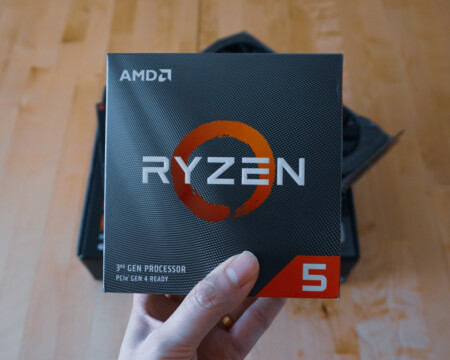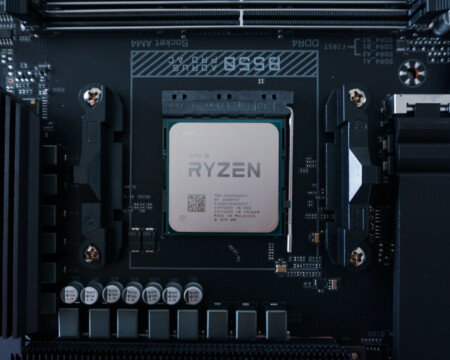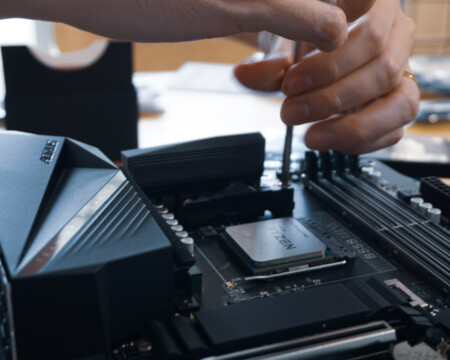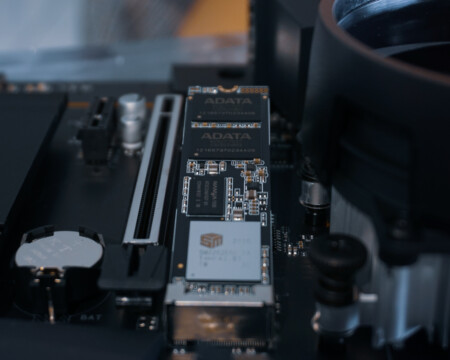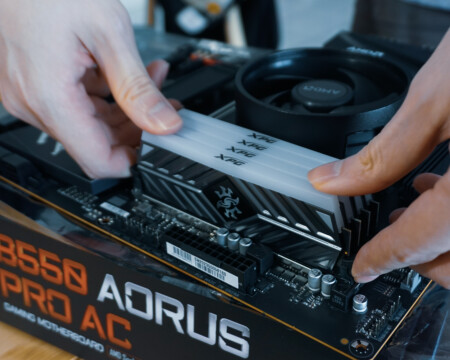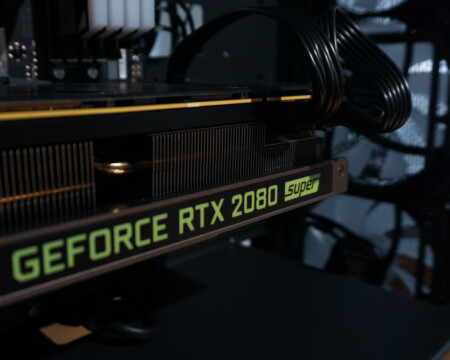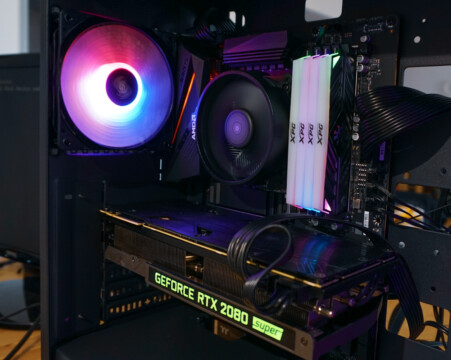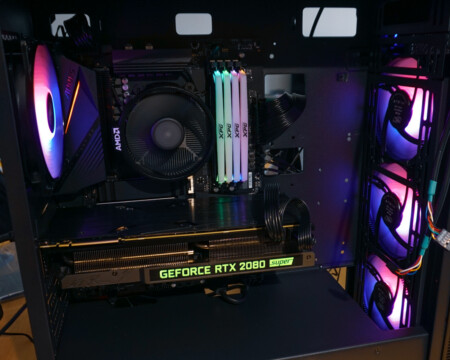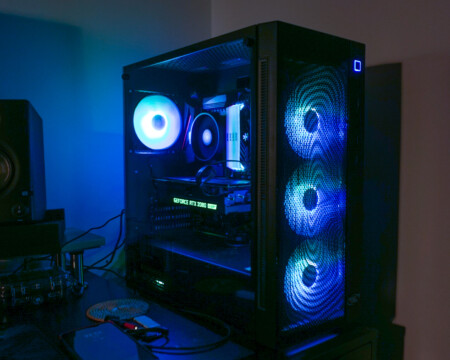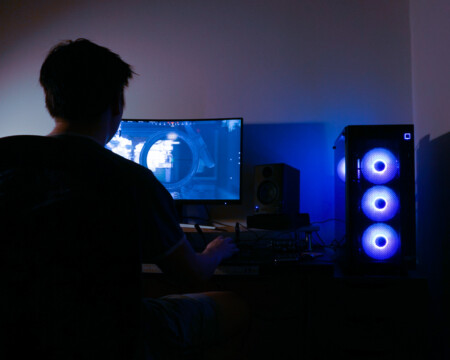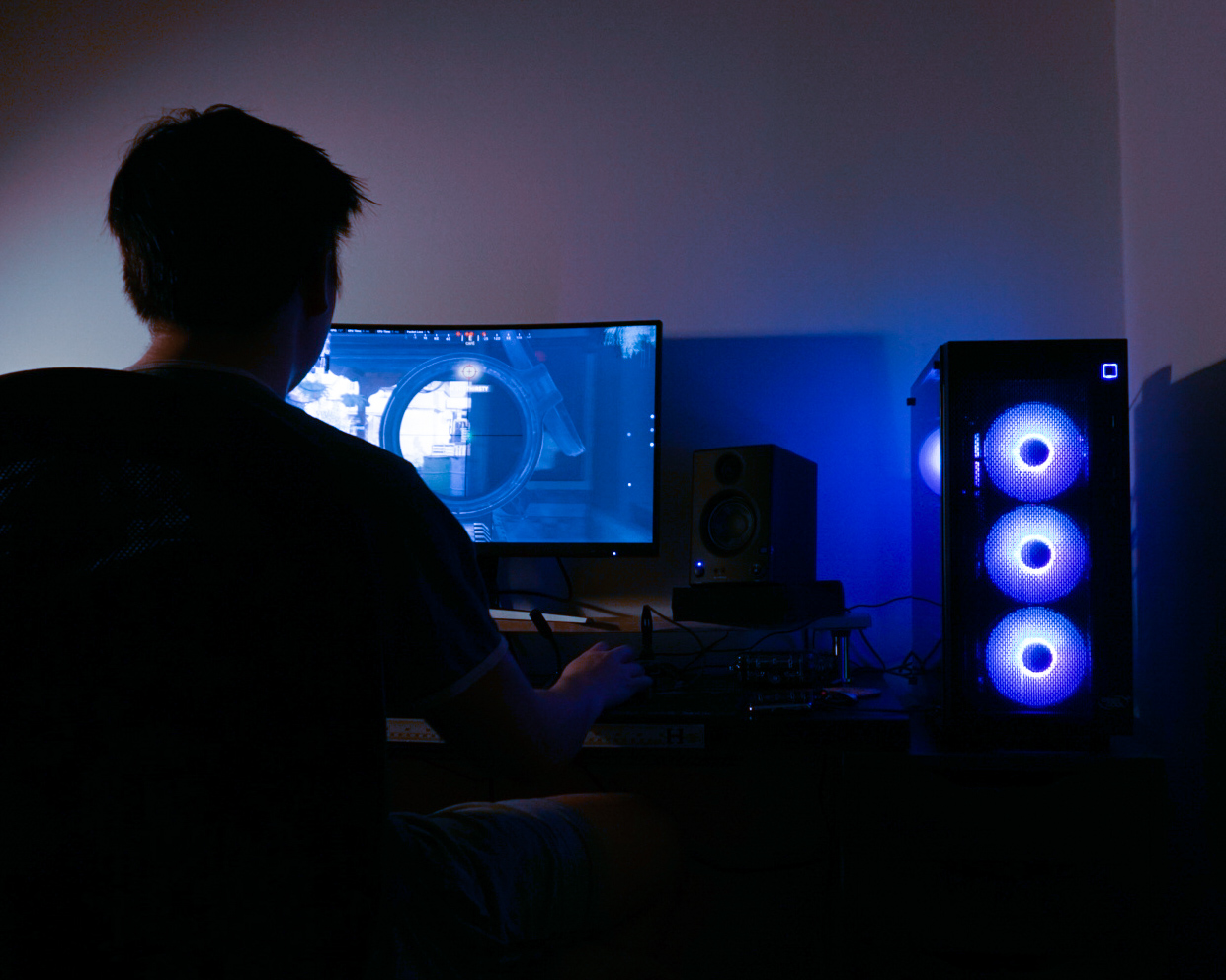
Bang for buck mid-range gaming PC
Gaming is big in 2020. It has peaked as everyone aspires to be a money-generating live streamer. Competitive mobile games have also made it easy for people to jump on the live streaming bandwagon. The introduction of the well-priced Ryzen line of processors also gives value to PC gamers wanting to get on this live streaming train.
Not everyone wants to go down this path, some just want better FPS for a more enjoyable time gaming. The excitement of it all may lead you to the nearest PC store and pointing to a system within your budget. However, the journey towards building something to call your own is rewarding.
There are many YouTubers who frequently update budget gaming builds starting from $1,000 with the most currently available parts. I see those as guides to point you in the right direction. But with so many choices out there, I hope to help with your decision making towards your own mid-range gaming PC.
Choosing parts
The bang for buck mid-range gaming PC starts with an AMD processor. There’s no doubt about CPU choice as team blue hasn’t been churning out good value for money products in the past couple of years. This has allowed AMD and its Ryzen series to steal a lot of the limelight for budget to mid-range builds.
The recent launch of the Ryzen 3 3300x brings a lot of value to budget gaming PCs, however, I ended up getting the Ryzen 5 3600 as a surprise gift from my wife. I believe the 3300x or 3600 processors are the sweet spot of value to performance. Anything higher will break the budget. While you could go for a lower spec processor if your budget demands it, there’s less wiggle room to avoid bottlenecks and future-proofing.
AMD Ryzen Motherboard
Following the processor are two more important components that make a great mid-range gaming PC. This is the motherboard and power supply unit (PSU). Choosing a motherboard was tough for me as I researched high and low for the best value vs performance within my budget. The 3300x and 3600 are supported on the B450, B550, and X570 chipsets.
B550 is the most recent release by AMD and was touted to be a step up to B450. It features PCIe Gen 4 support like the higher-end X570 platform but at B450 prices. Although the B550 pricing turned out to be closer to X570, many reported overclocking performance gains that I thought was worth getting it. Having said that, if you’re on a tight budget and not looking to overclock, I would suggest a good B450 motherboard (if you can still find it).
Power Supply Unit (PSU)
The PSU is another major component that you shouldn’t skimp on. A PSU calculator gives you a rough idea of how much is required to power your build. These calculators are merely a guideline, but you shouldn’t just buy the cheapest 450w PSU as not all are made equally. A good quality PSU ensures that sufficient and efficient power is delivered to the entire system.
It’s crazy to think that reviewers will tear down PSUs to breakdown every good or bad component it’s built with. But with so many choices out there, where should you start looking?
Research resources
Here are some resources that have helped me choose components for my mid-range gaming PC build.
The LinusTechTips forum and its tier lists for AMD motherboards, PSU, and SSD are great resources to give you an idea of which models work well, and what to avoid. Linus (and team) is one of the top content creators I trust in terms of PC building, and if they allow these teir lists to be pinned, it’s probably worth the time to find a component that doesn’t suck for your build.
GamersNexus is another great resource that provides raw data for wide view comparison. Their AMD Ryzen 3 3300X review and benchmark is a good example that shows CPU and GPU limitations or bottlenecks on its extensive list. Their Total War: Three Kingdoms Battle (1080p) benchmark recorded only a four FPS difference between the AMD R9 3950X and AMD R5 3600 running an RTX 2080 Ti, showing that price vs performance sweet spot. Of course, different games will give a different result, but data like this is helpful in making the right decision.
My mid-range gaming PC:
- AMD Ryzen 5 3600
- B550 AORUS PRO AC
- Nvidia RTX 2080 Super
- XPG Spectrix D41 3200MHz 8GBx4
- ADATA SX8200 250GB NVMe
- Thermaltake Toughpower GF1 ARGB 750W
- AOC CQ27G2 27″ Curved 1440p 144hz
- Deepcool Matrexx 55 Mesh Case
The total price is around $2,000. However, I was fortunate enough to get my graphics card new at the price of an RTX 2070 Super.
Building it yourself vs buying off the shelf
I have come across many PC shops around Malaysia throughout my process of planning for a new build, and people have been buying from them like hotcakes too. However, I feel that there are pros and cons to pre-built systems that these shops have to offer. Some obvious pros are convenience, sticking to a strict budget, no headaches with hardware warranty, and sometimes freebies or bundled discounts.
The cons, in my opinion, is the inability to be fluid with hardware choices. For example, opting for a cheaper case opens room for a better quality motherboard or more RAM. The used market is also something to consider as you could get a significant upgrade while spending the same amount of money.
I find picking every component allows me to get the best deals and stretch my money more effectively. It is tedious and takes more time, but the end result is a well thought out PC. With plenty of build guides out there, it’s not a daunting task to assemble a PC. Paul’s Hardware is a great resource for builds as he updates very frequently, while Linus’ First Person PC build guide really shows you how doable it is to assemble your own PC.
Performance and overclocking
We’ll start out this section saying that the Ryzen 5 3600 Wraith Stealth Cooler isn’t great. The processor will thermal throttle as it can’t cool it effectively. This translates to a 150-200 MHz loss under an extended CPU load. This may not be a problem for many as not all games fully utilize the CPU to cause it to thermal throttle.
I get 120+ FPS running Call of Duty: Modern Warfare at medium-high, while average CPU utilization is about 42% with temps normalizing to 90°C.
Overclocking should result in a bit more FPS but it’s obvious that you shouldn’t do it with the Wraith Stealth Cooler. I plan to share more tests before installing my 7-year old Noctua NH-D14 to cool an overclocked Ryzen 5 3600.
Conclusion
I hope this has kicked off your PC buying journey to a good start. Although my system is built, I’m excited to go through the process of overclocking to extract the best performance from this rig. As I work on more updates, please enjoy my build progress in these photos taken by my wife.
